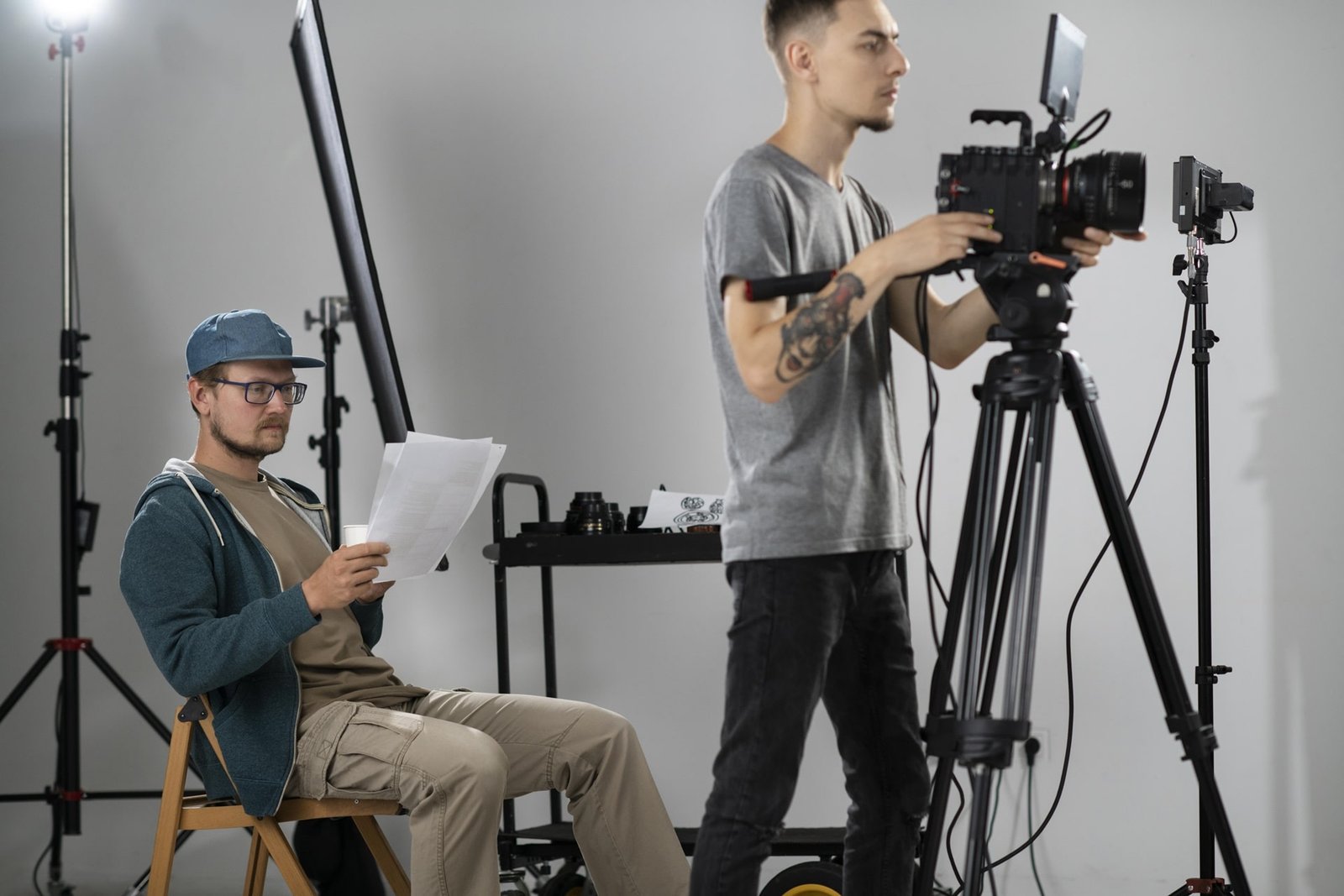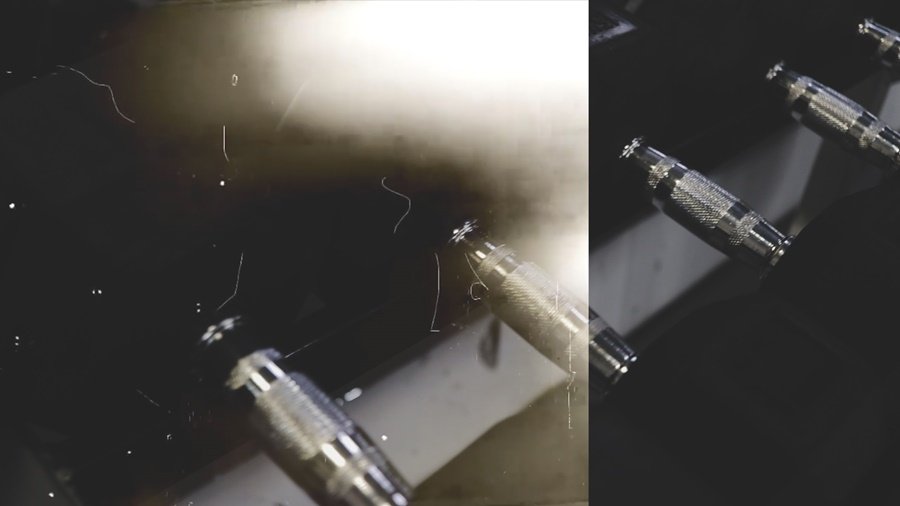Cinematic filmmaking is an art that goes beyond capturing scenes; it’s about transforming ordinary footage into a visual masterpiece that captivates audiences. In this guide, we’ll explore the techniques and principles that elevate filmmaking to the realm of cinematic excellence.
Understanding Cinematic Language:
Cinematic filmmaking involves a unique language that communicates emotions, themes, and narratives through visuals. Understand the power of shot composition, camera movement, and lighting to convey meaning and create a memorable cinematic experience.
Mastering Shot Composition:
The composition of each shot is fundamental to cinematic storytelling. Explore principles like the rule of thirds, leading lines, and framing to create visually striking and balanced shots. Each frame should contribute to the overall visual narrative.
The Art of Lighting:
Lighting is a cornerstone of cinematic excellence. Master the interplay of light and shadow to create mood, atmosphere, and visual interest. Experiment with different lighting setups, from natural light to artificial sources, to achieve the desired cinematic effect.
Dynamic Camera Movement:
Cinematic filmmaking often involves dynamic camera movements that add energy and impact to scenes. Experiment with techniques such as tracking shots, dolly movements, and crane shots to introduce a sense of fluidity and visual engagement.
Utilizing Depth of Field:
Depth of field manipulation is a powerful tool in cinematic filmmaking. Play with focus and blur to guide the viewer’s attention and create a sense of depth in your shots. Understand how aperture settings influence depth of field for creative storytelling.
The Impact of Color Grading:
Color grading transforms raw footage into a cohesive visual experience. Experiment with color palettes to evoke specific emotions and set the tone for your film. Understand color grading techniques to achieve the cinematic look that enhances your storytelling.
Effective Sound Design:
Cinematic excellence extends beyond visuals to include sound design. Pay attention to the auditory elements of your film, from ambient sounds to the carefully curated soundtrack. Seamless integration of sound enhances the immersive quality of your cinematic work.
Narrative Pacing and Editing:
The pacing of your narrative is crucial in cinematic filmmaking. Use editing techniques to control the flow of your story, incorporating elements like pacing, rhythm, and continuity. Every edit should contribute to the overall narrative structure.
Creating Atmosphere and Mood:
Cinematic filmmakers excel in creating atmosphere and mood that resonate with audiences. Whether it’s the use of fog, unique locations, or carefully chosen props, pay attention to elements that contribute to the overall ambiance of your film.
Embracing Visual Symbolism:
Visual symbolism adds layers of meaning to your cinematic work. Explore the use of recurring motifs, symbols, and visual metaphors to enrich your storytelling. Each visual element should contribute to the thematic depth of your film.
Continuous Learning and Inspiration:
Cinematic excellence is a journey of continuous learning and inspiration. Study the works of master filmmakers, stay updated on industry trends, and be open to experimentation. The more you immerse yourself in the art, the more your cinematic skills will evolve.
In conclusion, crafting visual excellence in cinematic filmmaking involves a deep understanding of the language of cinema. By mastering shot composition, lighting, camera movement, and other cinematic techniques, you can elevate your filmmaking skills and create visually stunning experiences for your audience.
Embark on a journey into the world of cinematic filmmaking. Our guide explores the techniques and principles that transform ordinary footage into visually stunning cinematic experiences. Elevate your filmmaking skills and captivate your audience with every frame.








